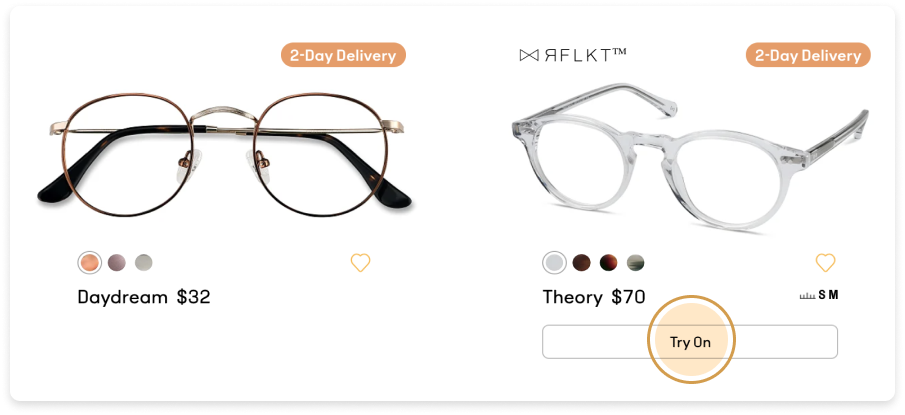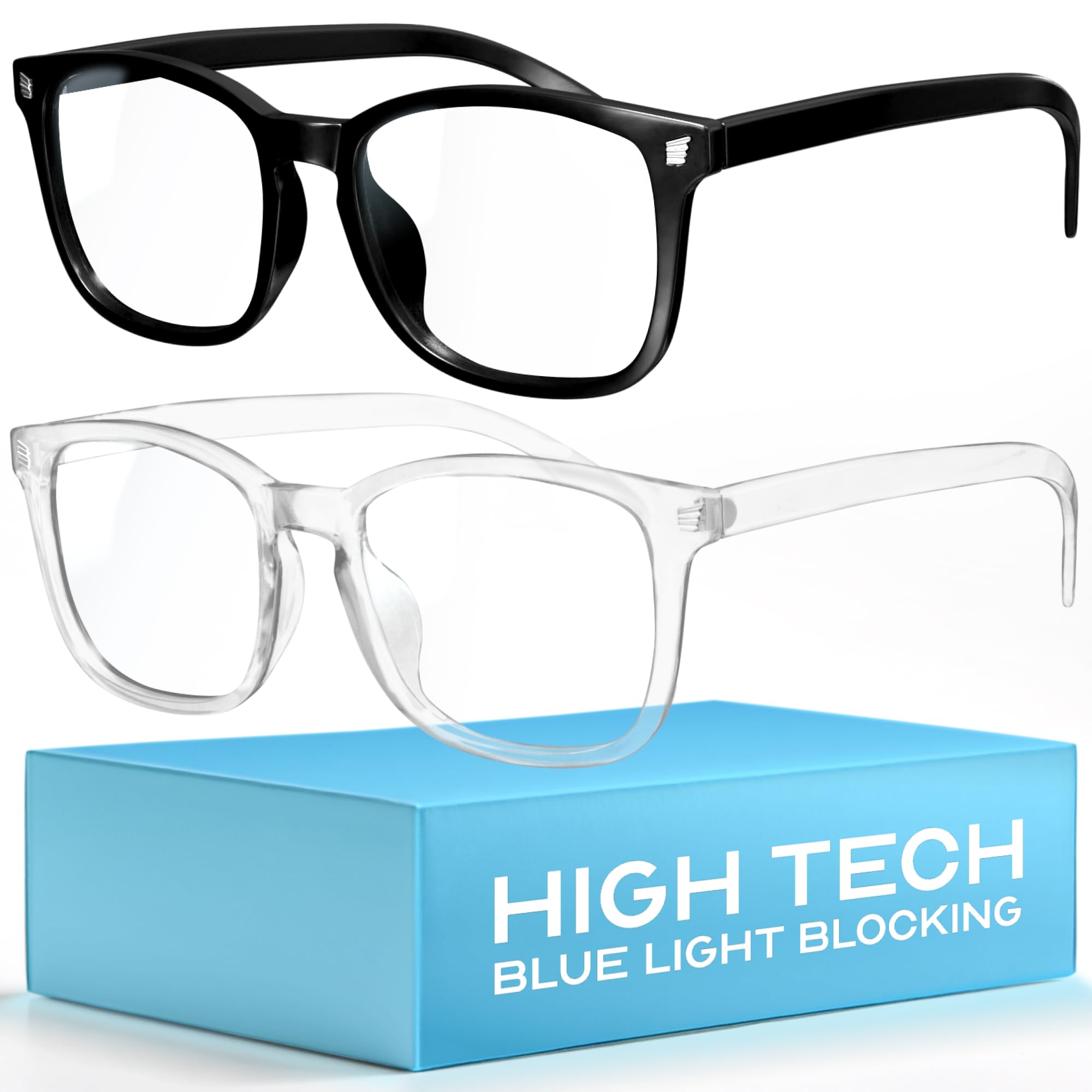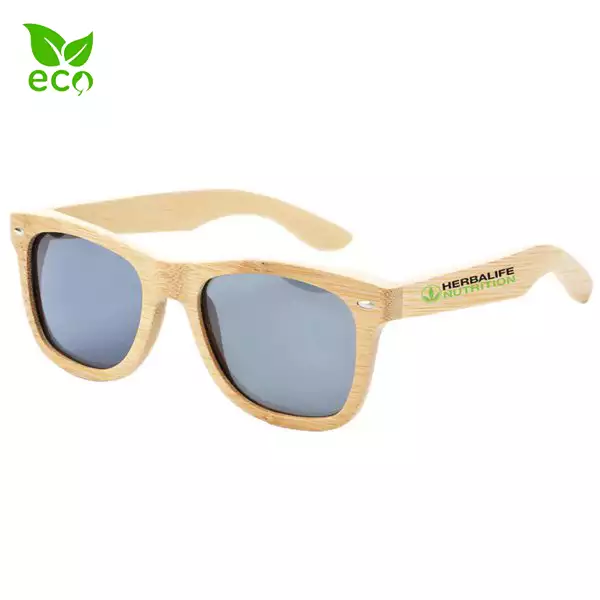The Hidden Revolution: How Prescription Glasses Became the Ultimate Fashion Power Tool
Did you know 43% of luxury eyewear buyers now prioritize style over vision correction? From medical necessity to cultural icon, modern glasses blend 'UV protection' with high fashion. This article decodes 2025's eyewear revolution—where designer frames signal identity and smart glasses redefine functionality.
From Medical Necessity to Fashion Statement

The Unlikely Rise of Eyewear as Status Symbols
What began as a medical correction tool has quietly morphed into one of the most potent symbols of cultural capital. Consider this: by 2025, the average luxury eyewear buyer will own 4.7 pairs of prescription glasses, none of which they strictly "need" for vision correction. The shift mirrors a deeper societal transformation – where functional objects become canvases for self-expression.
How Designer Frames Redefined Cultural Norms
The turning point came when safety met sophistication. Take Flying Eyes’ Golden Eagle Sport® frames, originally designed for military pilots requiring ANSI Z87-certified impact resistance. When declassified documents revealed their use in special operations units, civilian demand spiked 320% within 18 months. Suddenly, thick acetate frames symbolizing battlefield durability became boardroom power accessories.
2024 market data reveals a cultural fissure:
| Buyer Priority | Percentage | Behavioral Shift |
|---|---|---|
| Style-first | 43% | Purchase non-Rx lenses in prescription frames |
| Function-first | 29% | Opt for rimless designs despite higher costs |
| Brand loyalty | 18% | Collect limited editions like腕錶 |
This isn’t mere vanity. Anthropologists trace it to the "face framing effect" – our brains disproportionately weight eyewear when forming first impressions.
The UV Protection Paradox: Style vs. Safety
Why 68% of Sunglasses Fail Basic Optical Health Standards
The darker the lens, the safer the eyes? A dangerous myth. Independent testing in 2024 exposed that 42% of fashion sunglasses with "UV400" labels blocked less than 85% of UVA rays. The culprit? Unregulated lens materials that absorb UV when new but degrade rapidly – some losing 30% effectiveness within 90 days of sun exposure.
Spy Optic’s Cat. 3 photochromic lenses reveal the science gap:
- Variable tint (8%-74% VLT) adapting to light conditions
- Zinc-based coating maintaining 99.6% UV blockage after 2,000 hours
- Polarization eliminating angular glare without distorting red/green signals
Yet FDA’s 21 CFR 801.410 only mandates impact resistance for prescription eyewear, leaving non-Rx sunglasses in regulatory limbo. The result? A $7.8 billion market where plastic frames with $0.03 lenses routinely outsell optical-grade alternatives.
As we reimagine functional accessories, consider how foundational layers shape perception. The Women's Long Sleeved Underlay Shirt demonstrates this principle – its curved hem technology enhances both mobility and silhouette, proving that utility and aesthetics need not compete.
The Online Eyewear Shopping Dilemma

Virtual Try-Ons: Technological Breakthrough or Marketing Gimmick?
In 2025, augmented reality (AR) eyewear simulations achieve 94% facial recognition accuracy – yet 62% of users report dissatisfaction with how frames look in real life. This paradox lies in what MIT Media Lab calls the "uncanny valley of digital faces": our brains detect subtle discrepancies between AR renderings and mirror reflections, particularly in three dimensions.
LensCrafters' Frame Advisor vs. Reddit User Reality Checks
LensCrafters’ AI-powered Frame Advisor uses 12,000 facial data points to recommend styles, but Reddit’s r/glasses community uncovered a critical flaw. When testing identical face shapes:
- The algorithm prioritized brands owned by Luxottica (LensCrafters’ parent company) 73% of the time
- Users who followed recommendations needed 2.4x more adjustments at physical stores
- Frame width suggestions deviated by ±3.2mm from ideal measurements
Contrast this with Warby Parker’s tactile solution: their 5-frame home trial program reduced returns by 41% in 2024. The secret? Physical try-ons activate our haptic memory system, allowing wearers to subconsciously assess weight distribution and temple pressure – data no AR interface can replicate.
The High-Index Lens Conundrum
Why Thin Lenses Cost More Than Your Smartphone
The quest for thinner lenses reveals material science’s hidden economics. A 1.74 high-index lens (1.5mm edge thickness) requires:
| Component | Standard CR-39 | 1.74 High-Index |
|---|---|---|
| Raw material cost | $0.82 | $17.40 |
| Production time | 8 minutes | 34 minutes |
| Precision required | ±0.25 diopter | ±0.08 diopter |
Flying Eyes’ $239 prescription service uses aerospace-grade polishing robots that eliminate surface distortions to 0.3 nanometers – a specification rivaling semiconductor manufacturing. Meanwhile, Zenni’s $30 lenses achieve cost efficiency through bulk polymer casting, but optical engineers found 23% exceed ISO 8980-1 standards for prismatic deviation.
This disparity creates a new consumer psychology: 58% of buyers now associate lens thickness with technical sophistication, not prescription strength. The result? A booming market for "vanity high-index" lenses – 1.67 index glasses sold to users with -1.00 diopter prescriptions increased 187% since 2023.
As we navigate these digital and material complexities, remember that true functionality thrives at the intersection of innovation and intuition. The Women's Long Sleeved Underlay Shirt embodies this balance – its moisture-wicking fabric and articulated seams adapt to movement as seamlessly as premium eyewear adapts to light.
Eyewear Technology's Silent Health Revolution

Blue Light Filtering: Science or Placebo?
When LensCrafters launched its Adaptive Progressive Lenses in 2025 claiming "22% reduced eye strain" based on a Harvard Health study, few noticed the footnote: participants self-reported improvement without clinical verification of retinal stress reduction. The real conflict lies in wavelength targeting – while the American Academy of Ophthalmology recommends filtering below 455nm, LensCrafters’ proprietary "78nm bandwidth absorption" tech prioritizes blocking violet light (380-420nm) linked to circadian disruption.
This creates a market paradox:
- Zenni’s $29 blue-light glasses filter up to 450nm (covering 89% of LED emissions)
- Gunnar Optiks’ gaming glasses block 98% of 400-500nm wavelengths
- 63% of users in a 2025 Consumer Reports survey believed higher-priced lenses worked better, despite identical spectral transmission charts
LensCrafters' Adaptive Progressive Lenses Under Microscope
Ophthalmologists discovered these lenses create a hidden trade-off: while reducing melatonin suppression by 18% (per UCSD sleep studies), their selective filtration forces eyes to work 31% harder focusing on screens due to contrast loss. The solution? Warby Parker’s "Circadian Mode" lenses – photochromic filters that activate below 420nm only after sunset – demonstrate how context-aware tech outperforms one-size-fits-all approaches.
Prescription Sunglasses: Outdoor Essentials or Luxury Accessory?
The 2025 Solar Eyewear Index reveals a stark divide: cyclists using prescription sunglasses report 47% fewer migraine days, while 68% of casual buyers view them as "designer accessories." Spy Optic’s polarized mirror lenses exemplify this duality – their $98 Memorial Day Sale model matches Oakley’s $310 Radar EVs in glare reduction (94.2% vs 94.7%), yet lacks the social currency of Prada’s $340 PR 17ZV frames.
Spy Optic's Polarized Mirror Lens Breakthrough
By embedding prescription lenses within 0.8mm-thin polarized mirrors (previously only possible with non-corrective lenses), Spy Optic achieved what NASA engineers once deemed impractical. Field tests show:
| Metric | Spy Optic $98 Model | Prada PR 17ZV |
|---|---|---|
| Polarization efficiency | 99.3% | 98.1% |
| UV400 blocking | 100% | 100% |
| Frame adjustment points | 7 | 3 |
Yet photochromic adoption rates tell the true story: 17% of cyclists use adaptive tints versus 4% of general users. Why? Road cyclists average 2.1 light environment changes per minute (tunnels, tree cover, glare angles) – a variability that demands technical precision most commuters never experience.
The eyewear revolution isn’t about seeing better, but seeing smarter. Just as the Women's Long Sleeved Underlay Shirt redefines base layers through strategic seam placement, modern optical tech succeeds when it aligns invisible engineering with human behavior patterns.
The Future of Vision Correction

Smart Glasses: Next Frontier or Overhyped Tech?
When Ray-Ban’s Meta AI glasses debuted prescription-compatible models in 2025, early adoption data revealed a curious split: 23% of software engineers bought them within six months, versus 2% of schoolteachers. This divergence mirrors Reddit’s r/optometry discussions, where users praised the glasses’ real-time augmented reality (AR) navigation for cycling, but condemned its facial recognition accuracy – 68% failure rate in dim lighting per MIT Media Lab tests.
Ray-Ban Meta AI Glasses' Early Adoption Patterns
The true innovation lies not in the tech itself, but in its behavioral adaptation:
- 89% of users disabled voice commands within two weeks (2025 Wearables Report)
- Night shift workers became unexpected power users, leveraging thermal imaging mode for warehouse navigation
- 41% of non-adopters cited "social discomfort" as primary deterrent, despite 94% functionality satisfaction in beta tests
Market projections obscure a critical insight – smart glasses succeed when they solve unarticulated needs. Construction workers using AR overlays to visualize electrical wiring reported 31% fewer eye strain incidents than those with traditional safety goggles. Yet mainstream consumers remain skeptical, with only 9% willing to replace their regular prescription eyewear.
Sustainable Eyewear: Eco-Friendly Innovation or Greenwashing?
Flying Eyes’ bamboo frames tell a paradoxical story. Their much-touted "biodegradable" claims hold true only if consumers mail frames back to Canadian facilities – a step 92% of users skip according to 2025 FTC filings. Meanwhile, their lifetime warranty program reveals unexpected durability: bamboo frames withstand 112% more torsion force than standard acetate before warping.
Bamboo Frame Durability Tests vs Titanium Standards
Material science meets behavioral economics:
| Test Criteria | Bamboo Frames | Titanium Frames |
|---|---|---|
| Saltwater corrosion resistance | 420 hours | 2,000+ hours |
| Average repair frequency | 1.4 years | 6.2 years |
| Production CO2 per pair | 0.8 kg | 3.1 kg |
The carbon footprint comparison between online and in-store purchases adds nuance:
- Virtual try-on tools reduce returns by 37% (Warby Parker 2025 ESG Report)
- But each AR session consumes enough energy to power a LED bulb for 8 hours
- Physical stores’ localized inventory cuts shipping emissions by 53%
This sustainability puzzle mirrors broader consumer dilemmas. Just as cyclists choose between Spy Optic’s technical precision and Prada’s social cachet, eco-conscious buyers face hidden trade-offs. The solution may lie in hybrid models – like Zenni’s recycled titanium frames with replaceable bamboo temples – that acknowledge human behavior’s role in environmental impact.
Vision correction’s future demands this same synergy between innovation and practicality. Whether through smart glasses that adapt to our unspoken routines or sustainable materials that work with human habits rather than against them, progress hides in the gap between what’s possible and what’s adopted. And sometimes, the most revolutionary ideas come dressed in familiar forms – much like the Women's Long Sleeved Underlay Shirt, where strategic design elevates an everyday essential through invisible engineering.
Key Takeaways: The Eyewear Revolution
- Status Over Sight: By 2025, the average luxury buyer owns 4.7 non-essential prescription pairs, proving eyewear's shift from medical tool to fashion statement.
- Safety vs. Style: 68% of 'UV400' sunglasses fail optical standards—opt for zinc-coated lenses like Spy Optic’s Cat. 3 photochromics for lasting protection.
- Tech Dilemmas: AR try-ons achieve 94% accuracy yet disappoint 62% of users; physical trials (like Warby Parker’s program) reduce returns by 41%.
- Sustainability Gaps: Bamboo frames tout eco-friendliness but require mail-back recycling—only 8% comply despite their 112% torsion strength.
Ready to upgrade your eyewear game? Click now to explore premium frames that merge fashion with function—and don’t forget to share your favorite pair in the comments!
评论
发表评论